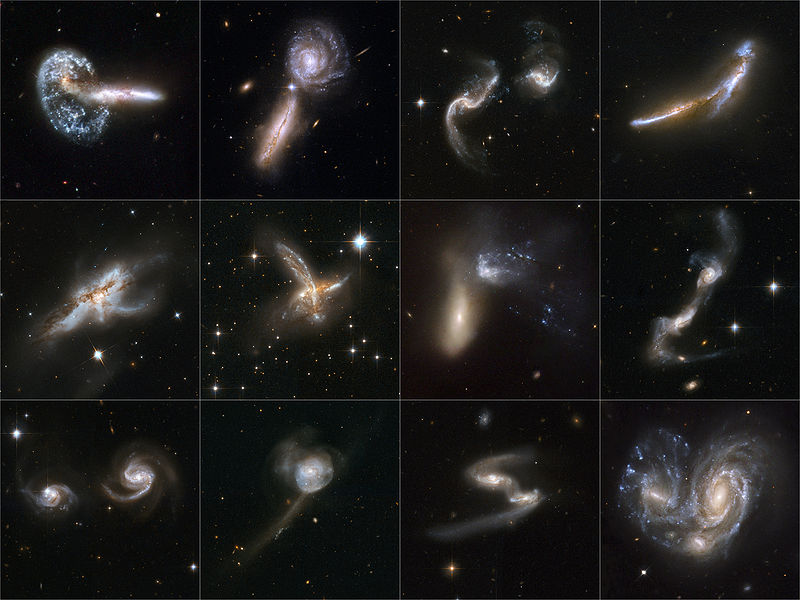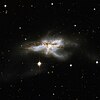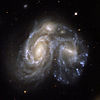Файл:Galaxies Gone Wild!.jpg

Размер на този преглед: 800 × 600 пиксела. Други разделителни способности: 320 × 240 пиксела | 640 × 480 пиксела | 1024 × 768 пиксела | 1280 × 960 пиксела | 2560 × 1920 пиксела | 6000 × 4500 пиксела.
Оригинален файл (6000 × 4500 пиксела, големина на файла: 17,96 МБ, MIME-тип: image/jpeg)
История на файла
Избирането на дата/час ще покаже как е изглеждал файлът към онзи момент.
| Дата/Час | Миникартинка | Размер | Потребител | Коментар | |
|---|---|---|---|---|---|
| текуща | 19:38, 24 април 2008 |  | 6000 × 4500 (17,96 МБ) | とある白い猫 | {{Information |Description=Astronomy textbooks typically present galaxies as staid, solitary, and majestic island worlds of glittering stars. But galaxies have a wild side. They have flirtatious close encounters that sometimes end in grand mergers and ov |
Използване на файла
Следната страница използва следния файл:
Глобално използване на файл
Този файл се използва от следните други уикита:
- Употреба в ar.wikipedia.org
- Употреба в az.wikipedia.org
- Употреба в ba.wikipedia.org
- Употреба в bn.wikipedia.org
- Употреба в crh.wikipedia.org
- Употреба в cv.wikipedia.org
- Употреба в de.wikipedia.org
- Употреба в en.wikipedia.org
- Употреба в en.wikiversity.org
- Употреба в es.wikipedia.org
- Употреба в fa.wikipedia.org
- Употреба в fr.wikipedia.org
- Употреба в hu.wikipedia.org
- Употреба в it.wikipedia.org
- Употреба в ja.wikipedia.org
- Употреба в kk.wikipedia.org
- Употреба в ko.wikipedia.org
- Употреба в lbe.wikipedia.org
- Употреба в mg.wikipedia.org
- Употреба в my.wikipedia.org
- Употреба в nl.wikibooks.org
- Употреба в os.wikipedia.org
- Употреба в pl.wikipedia.org
- Употреба в pt.wikipedia.org
- Употреба в ro.wikipedia.org
- Употреба в ru.wikipedia.org
Преглед на глобалната употреба на файла.














